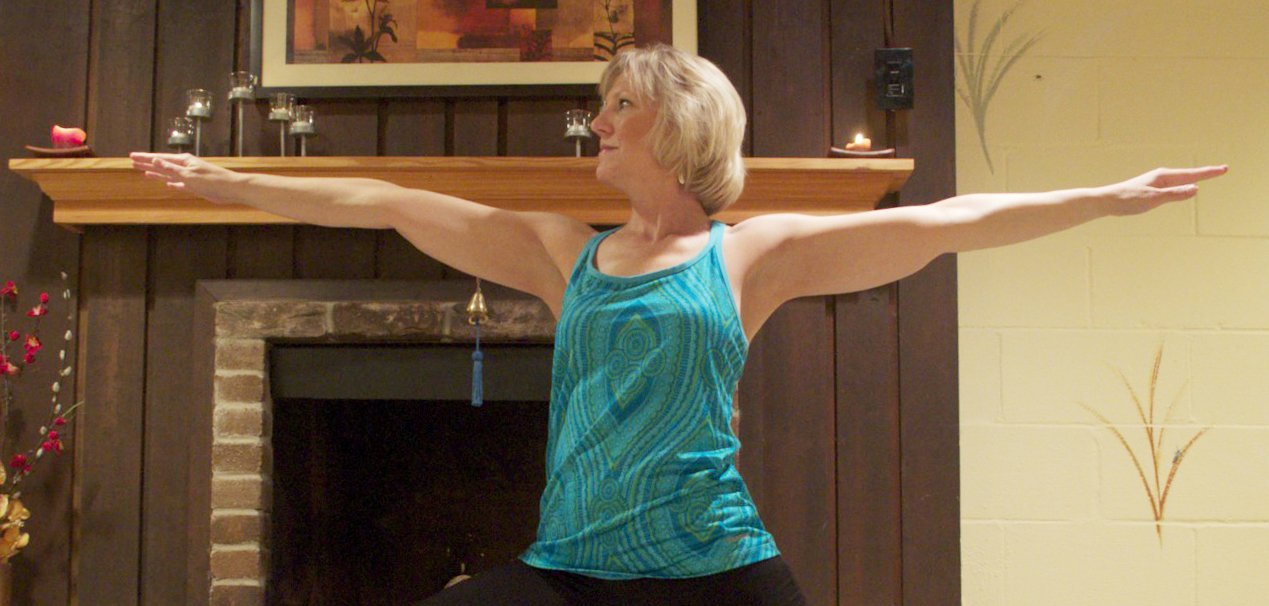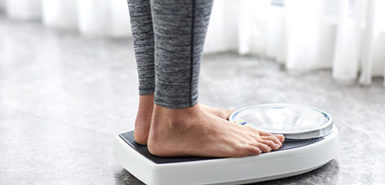
It doesn’t happen overnight.
But as women enter their 40s and even their late 30s, extra pounds often migrate to the midsection.
The culprit: A gradual decrease in estrogen, the hormone that affects women’s skin, metabolism, thermal regulation and body shape.
Beyond the nuisance factor of tighter waistbands, an increase in belly fat also increases the risk of diabetes and cardiovascular disease.
The good news: Women can take steps to mitigate the risks.
“There are things we can do to counteract these changes,” dietitian Jessica Corwin, MPH, RPN, with Corewell Health’s Women’s Health and Wellness Center in West Michigan, said.
Among them: manage stress, prioritize good sleep, eat well and exercise regularly—specifically, weight-resistance training.
Belly fat basics
When and why does belly fat increase?
The timing varies, but “perimenopause is when the transition and hormone changes really begin,” Corwin said. During the 10 to 15 years before menopause, estrogen declines.
“Estrogen is what gives us our womanly shape,” Corwin said.
For younger women, extra fat moves to the hips and breasts.
“When estrogen disappears, it starts to move from our hips over to our stomach—our core,” she said.
At the same time, women in their late 30s and 40s enter a demanding and often stressful phase of life.
“We’re taking care of our kids, our parents, working,” Corwin said. “We may have less time to take care of ourselves with exercise, eating well, sleeping and managing stress.”
That, in turn, can lead to greater weight gain, “and it’s all going right to that core area,” she said.
Left unchecked, these changes put women at higher risk of Type 2 diabetes and cardiovascular disease, Corwin said.
“We do not want our fat going to the core and stomach area,” she said.
Visceral fat, deep within the abdomen, can embed around the organs and cause inflammation. That can put women at increased risk of cardiovascular disease.
A decrease in estrogen also can lower sensitivity to insulin, a hormone that regulates blood sugar.
“Insulin doesn’t work quite as well without estrogen,” Corwin said. Insulin resistance can lead to higher blood-sugar levels and prediabetes.
While we can’t turn back the clock, lifestyle changes can counteract the effects of declining estrogen.
Don’t know where to start? Here a few suggestions:
1. Manage stress
“Belly, or visceral, fat deep within has more cortisol receptors than peripheral fat closer to skin level,” Corwin said. Stress increases cortisol, which fuels fat and inflammation. “We want to manage stress so we’re not pumping out so much cortisol.”
One practical way to reduce cortisol would be to hold off until 9:30 a.m. to indulge in that first cup of coffee. Cortisol naturally spikes in the morning and caffeine can amplify that effect, Corwin said.
Women also can become stretched thin between work, family and volunteer commitments.
“At some point we have to think about what’s realistic and learn how to say ‘no,’” she said.
2. Sleep better
Set the stage by making your bedroom a peaceful retreat. Avoid screens and spicy food an hour or so before turning in. Try meditation or deep breathing.
If you have trouble staying asleep, it can help to place a “worry journal” on your nightstand, Corwin said. Write down whatever task or anxiety comes up; it will keep until morning.
3. Exercise
Weight training can help women build muscle and strengthen bones, countering the effects of estrogen declines, Corwin said. Try Pilates, yoga or hand weights.
Finding time to exercise between work and family responsibilities can seem challenging, said Silvia Veri, RD, nutrition supervisor at Corewell Health’s Weight Control Center in East Michigan.
She advises patients to pack their gym bag and change at work or enlist a friend to meet for a class.
4. Eat healthy
Avoid added sugars and “white carbs.” Divide your plate to include one-quarter lean protein like poultry or fish, one-quarter starch or whole grain such as sweet potato, acorn squash or bean-based pasta, and one-half non-starchy vegetables, Corwin said.
“There isn’t a magic pill,” Veri said.
She recommends that her patients load up on plant-based foods like fruit, vegetables, whole grains and legumes.
Try creative carb substitutes: riced cauliflower instead of white rice, lettuce wraps instead of bread, zucchini noodles or spaghetti squash instead of pasta, veggies with hummus instead of chips.
“The first week of decreasing carbohydrates can be rough,” Veri said. “But, if you can push through it, you will start to feel better and your carbohydrate cravings will diminish. You’ll start to see weight loss, which will be motivating and will give you the confidence to keep going.”
5. Start small
Feeling overwhelmed? Take one step at a time.
“My goal is to see women find one small change they can manage, create a new habit out of it and feel more confident as a result,” Corwin said. “Once this is accomplished, they can then move on to their next small change until they master that.”
For example, if stress is your biggest issue, try meditation or deep-breathing techniques.
If you can’t fall asleep, turn off the TV and grab a book instead. Need more exercise? Check out a new YouTube exercise video or visit a gym.
If you’d like to develop better nutrition, talk to a dietitian or grab a new cookbook to inspire you, Corwin said.
“One step at a time … this feels most realistic in creating lifestyle change. As this happens, blood sugar levels drop, energy improves, hot flashes decrease, sleep improves,” she said.
“Each area builds onto the next and we need all of these factors in play for our overall well-being.”
 /a>
/a>
 /a>
/a>
 /a>
/a>